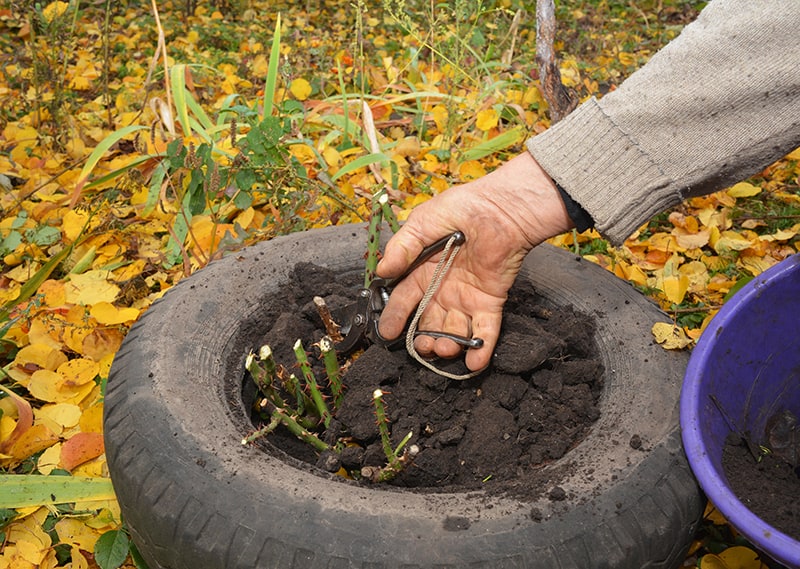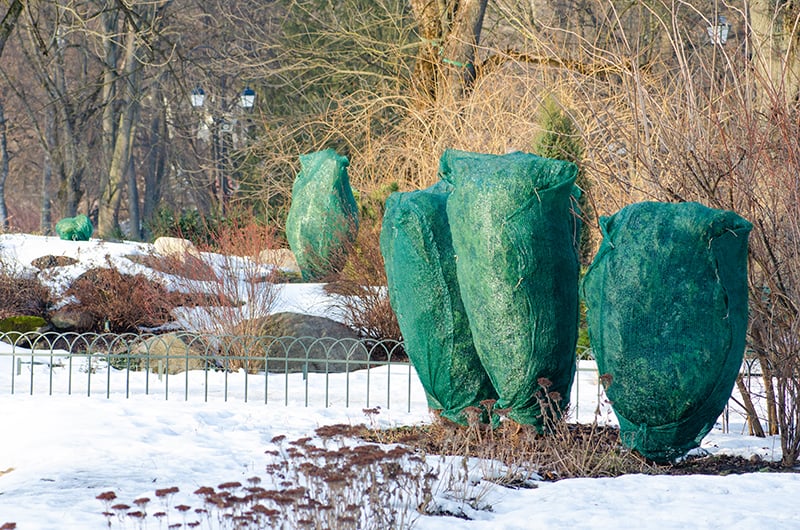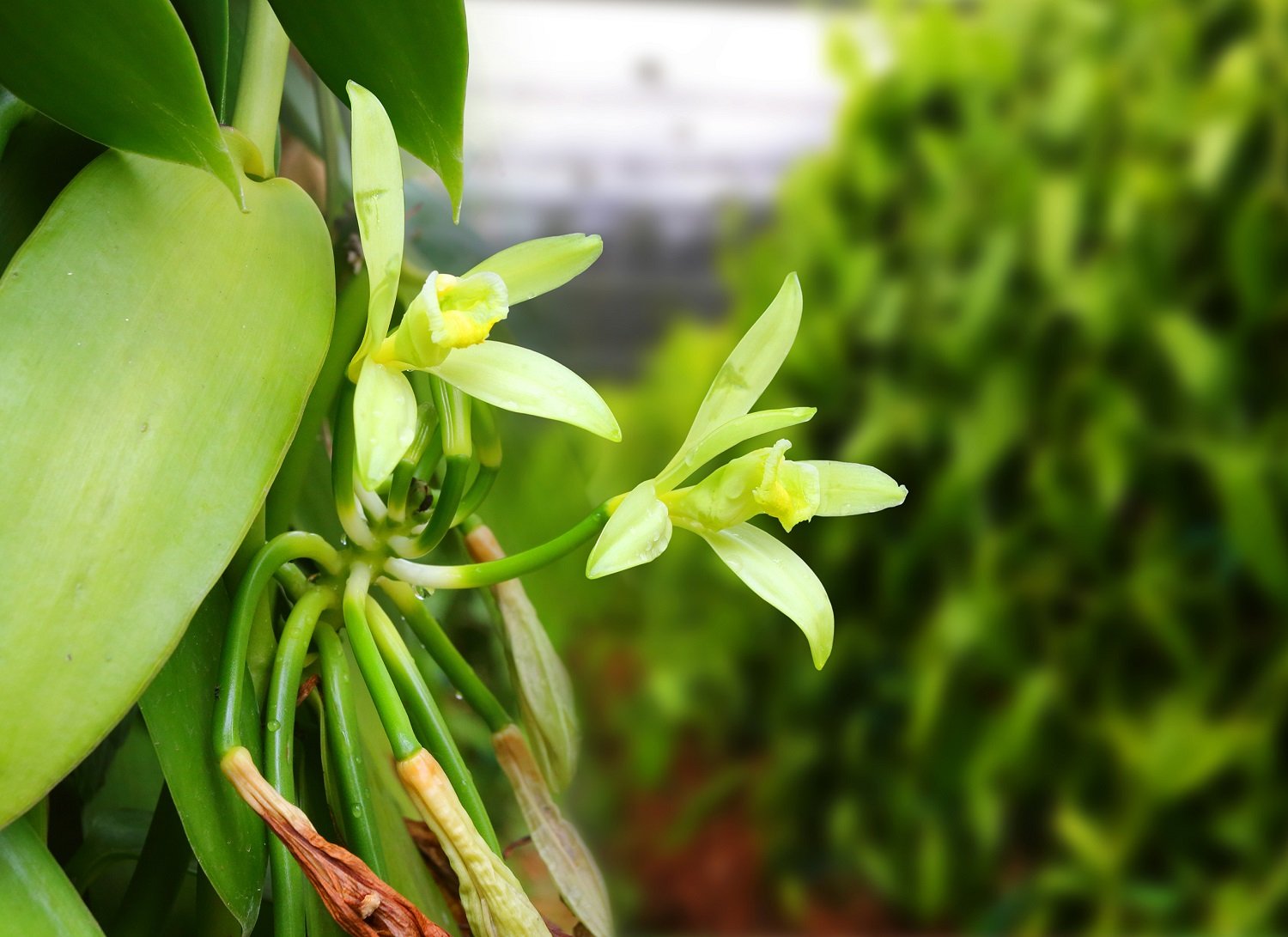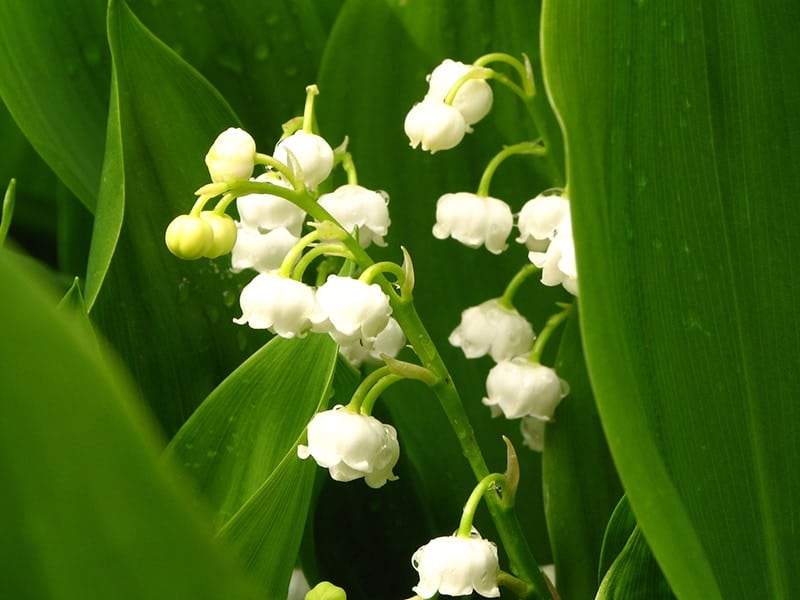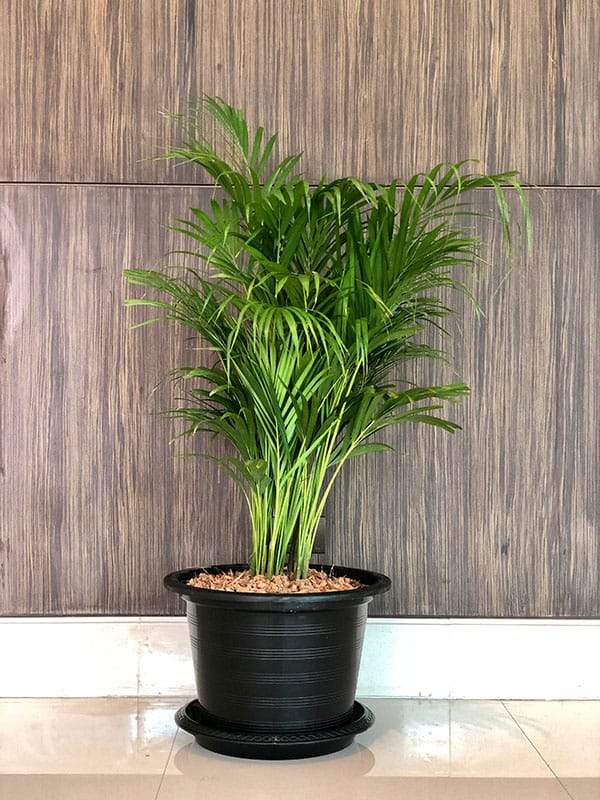Lettuces are such popular plants and dishes around the world that it's so ... Read More
- Home >
- A Guide to Winter Plant Protection
A Guide to Winter Plant Protection
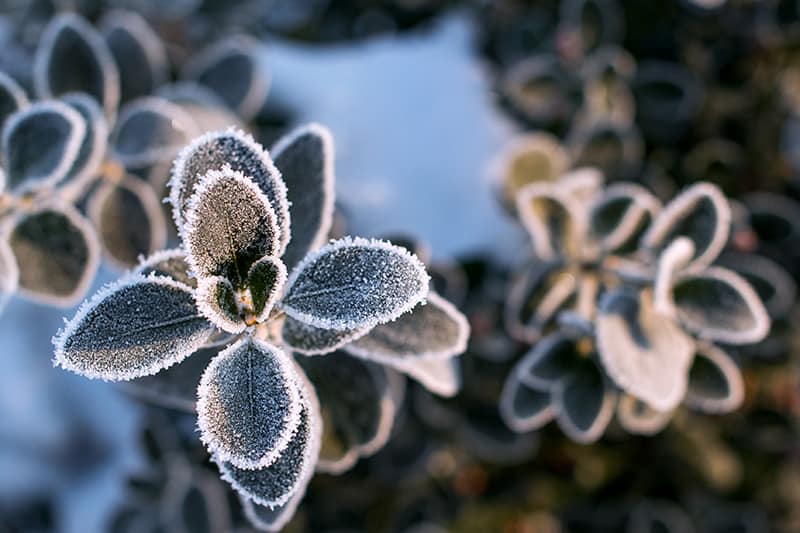
One of the most disappointing things as a gardener is to spend all spring and summer cultivating and caring for your plants, only to see them wither and die due to freezing temperatures over winter.
One of the best ways to ensure your plants survive winter is to only choose to grow plants that are suitable for growing in your climate zone, as this will mean minimal winter protection is needed. However, sometimes unexpectedly cold temperatures can occur, or maybe you challenged yourself to grow a non-native plant.
Either way, there are several tactics you can employ to help protect your plants from winter weather and ensure they survive this season so that you can continue to enjoy them the following spring.
1. Insulate or Heat Your Greenhouse
If you have a greenhouse, then the best way to help the plants inside the greenhouse survive winter is to heat the space, to insulate it, or to do both! The most cost-effective method of insulating your greenhouse is to line it with bubble wrap.
You can secure bubble wrap with tape to the outside of your greenhouse, including the roof, and then create drapes over the doorway by attaching the bubble wrap to the roof and letting it fall downwards to the ground. This way, you will still be able to access the greenhouse easily and care for your plants by simply moving a drape of bubble wrap aside.
You can also achieve the same thing by using horticultural fleece, which may be slightly more aesthetically pleasing, though it may be marginally more expensive. You can also heat your greenhouse to help keep the temperatures from getting too low. This can be done with a paraffin lamp, or you may be able to hook up an electric heater using an extension lead.
If you do heat your greenhouse, always remember to check on it regularly to maintain safety. If you insulate the greenhouse as well as heating it, then this should keep heating costs quite low, as the insulation will prevent the hot air from escaping as quickly.
2. Insulate Soil
To protect the roots of plants that are growing in the ground, your best option is to insulate the soil. You can do this by layering a few inches of mulch over your soil, or you can lay horticultural fleece over the soil, making holes in it for your plants to poke through, and then adding a further layer of mulch over the top.
Mulch will insulate the soil and help it to retain heat. Keeping it a few degrees warmer can make all the difference in terms of a plant’s ability to survive the winter. Mulch can also help to prevent the soil from becoming too hot in summer, so it is useful to mulch all year round. Mulch will also prevent moisture loss from evaporation, making it great for keeping the soil moist for longer.
Protecting root systems against freezing will help to ensure the plant survives through winter and is ready to enter its growing phase again when spring rolls around.
3. Insulate Containers
If you have container pots with plants in them, then one possible option you have is to bring them indoors for winter to ensure they are kept warm. You do not need to bring them into the main parts of your home, though this is an option; instead, you can keep them in slightly cooler rooms such as a basement or a conservatory.
Some plants that do not need light through winter could be moved to the garage or a shed. Be sure to educate yourself on your plants’ specific needs because some plants could actually be negatively affected by being brought indoors, as some will need to be kept cool during this time of year.
For those containers that need to remain outside, you should insulate them with bubble wrap or horticultural fleece. Wrap your chosen material around the container, going around several times to create a few layers, and secure it with tape or string. Plant roots in containers are more susceptible to freezing, as they aren’t as well insulated against exterior temperatures as those growing in the ground deep below the surface. Insulating the container will help to protect the root systems against freezing and ensure their survival through winter.
4. Insulate Winter Crops
If you have winter crops growing in your yard, such as carrots or parsnips, then you can protect these against the cold weather by insulating them. Layer a blanket of straw over these types of crops to ensure they do not freeze.
If you are growing above-ground vegetables such as lettuce, then you can create a frame for these and then cover the frame with fleece or polyurethane. This will protect the crops against freezing without flattening them. You may also want to consider growing crops in containers or trays so that they can be moved into the greenhouse during winter for added protection.
5. Move Plants Inside
If you have kept houseplants outdoors during summer, then you’ll need to remember to bring them inside during winter.
Many houseplants do very well as semi-indoor plants, where they are kept inside through fall and winter and outdoors during spring and summer. This allows them to go through great periods of growth when outside and gives them a safe and warm place to rest during colder months when they typically enter a dormant phase.
When moving house plants back inside, be sure to inspect them carefully for pests in order to avoid bringing pests into your home. You should gradually bring them inside, perhaps first moving them to a cool and bright room before bringing them into a warm room in your home, in order to avoid shock.
Succulents do well in cool temperatures through winter and can be left in a cool bright conservatory through winter or a disused guest room that doesn’t benefit from heating like the remainder of your home.
6. Remove Snow
If you receive snowfall in your local area, then you should remove it when it settles on larger plants in order to avoid permanent damage. Trees and shrubs, in particular, can become damaged by snow. After snow has fallen, it may settle on some branches of plants, and you should gently wipe the branches and remove the snow before it freezes.
Branches can break under the weight of heavy frozen snow, so you’ll need to do this soon after the snowfall. You can also use a broom to remove snow or shake the branches to knock off snow but do so with caution because branches can be brittle when cold, and you might unintentionally cause more damage.
If the snow has already turned to ice, then at this point, your best bet is to allow the ice to melt, as trying to remove it will almost certainly cause more harm than good. Do not spray plants with de-icer as this contains chemicals that can be very damaging to plants.
7. Avoid Lawns
Try to avoid using your lawn in very cold temperatures. If the lawn is coated in a frosty or icy covering and develops that crunching sound underfoot, then you should stay off it. Stepping on icy grass will cause individual grass blades to snap. Standing on your lawn during winter can also lead to the compaction of soil, which can encourage drainage issues and problems with fungal diseases.
8. Intelligent Planting
Your garden, no matter how big or small it is, works as something of a microclimate all on its own. Within your garden, there will be areas that are warmer as they are in the sun all day and areas that are continually shaded and therefore cooler. You will also probably have areas that are sheltered from the wind and rain by walls and fences.
By planting certain plants in well thought out spots, your garden will be able to protect itself against winter conditions. For example, you can create windbreaks by planting dense shrubs around delicate plants that need protection against storms.
Flowers that have delicate buds should be planted in a spot that does not get morning sun, as this will cause them to thaw more quickly after freezing overnight, and fast-thawing in certain plants, such as camellias, can lead to rot of the buds, which can turn black and fall off. Instead, plant them in a position that gets midday or afternoon winter sun, therefore allowing them to thaw more slowly.
By thinking carefully about where you position your plants, you won’t need to invest too much time or thought into protection against winter when it actually arrives. You should also pay close attention to ensure you are planting plants that are suitable for growing all year round in your local climate.
If you try to grow a plant that cannot survive in your winter climate, then you will, unfortunately, be setting yourself up for failure. Instead, opt for plants native to your region to ensure greater success during the winter months.
Related Content
-
Growing Lettuces At Home – What You Need To Know
-
Advantages & Disadvantages of Hydroponics
Over the last decade, people’s interest in how their food is produced has ... Read More
-
Best Ant Killers: Top 10 Ant-Killing Products
Ants are everywhere, and once you have an infestation, you’ll be hard pres... Read More
-
Miracle Gro Aerogarden Reviews
When AeroGrow Inc. released the first model of the AeroGarden way back in ... Read More
